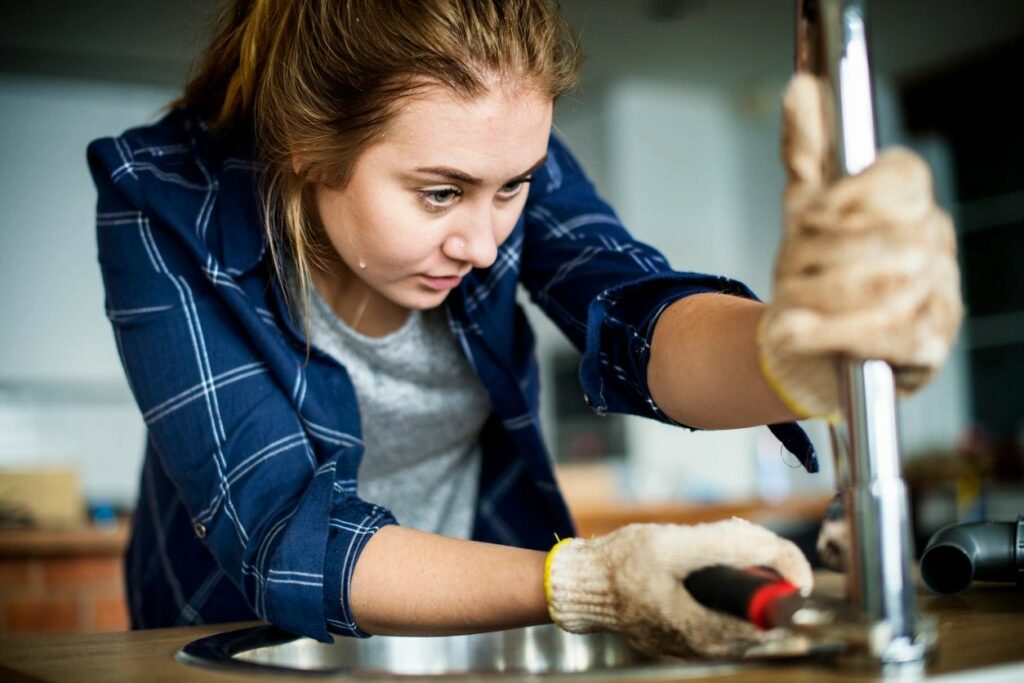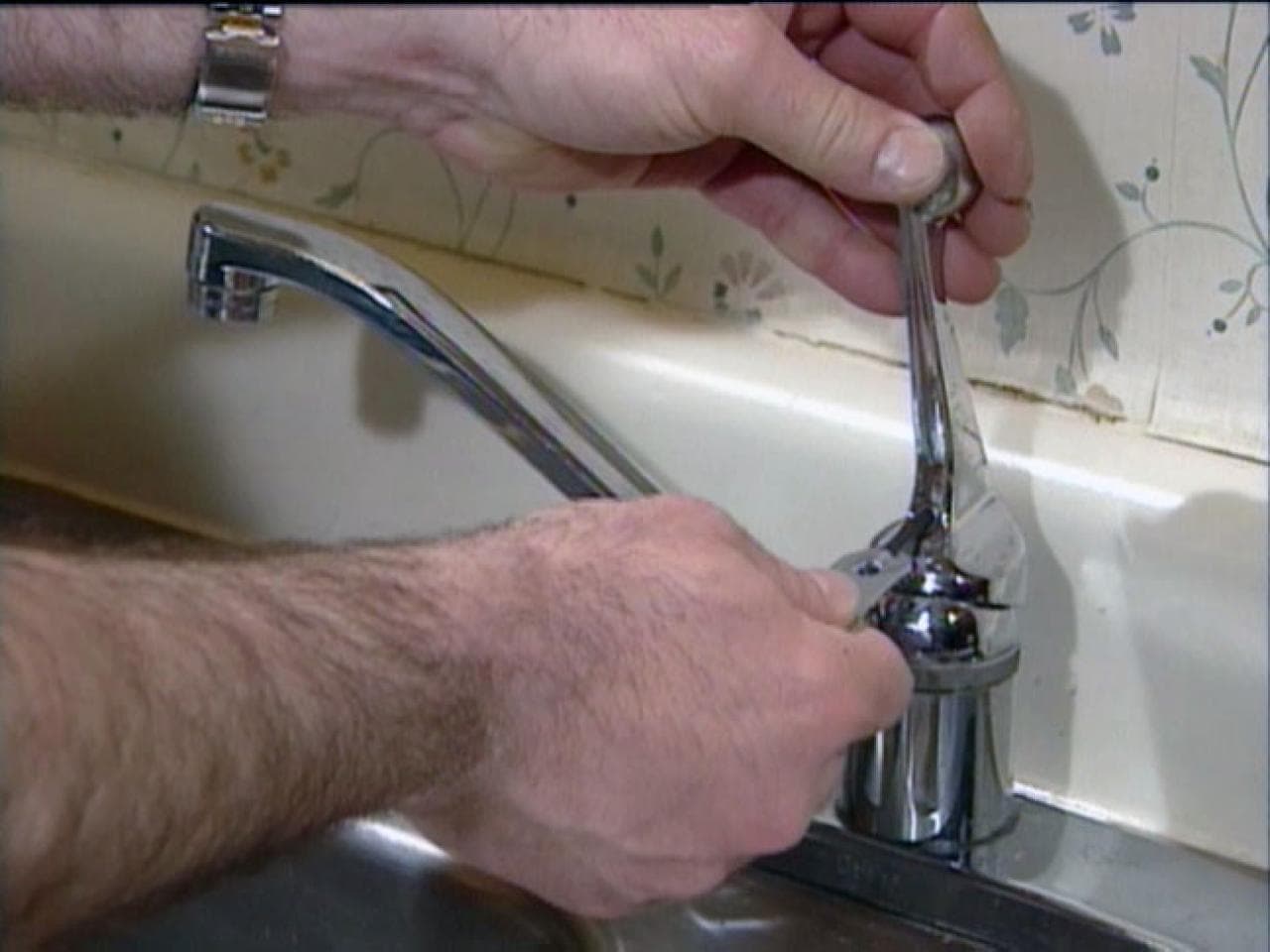The Reasons Behind Repairing a Malfunctioning Faucet
The Reasons Behind Repairing a Malfunctioning Faucet
Blog Article
Listed here on the next paragraphs you can get more good data pertaining to What Causes Leaky Faucets & How To Fix Them.

Leaking taps could feel like a minor inconvenience, but their impact exceeds just the nuisance of the audio. From drainage to sustaining unneeded monetary expenses and health and wellness dangers, neglecting a leaking faucet can lead to various effects. In this write-up, we'll look into why it's critical to resolve this common family concern quickly and efficiently.
Wastage of Water
Environmental Influence
Trickling taps add considerably to water wastage. According to the Environmental Protection Agency (EPA), a solitary tap dripping at one drip per second can squander greater than 3,000 gallons of water each year. This not just pressures water sources yet additionally affects communities and wildlife based on them.
Step-by-Step Guide to Taking Care Of a Dripping Faucet
Devices Required
Before trying to fix a leaking tap, collect the necessary tools, consisting of a flexible wrench, screwdrivers, replacement parts (such as washers or cartridges), and plumber's tape.
Typical Tap Issues and Their Solutions
Recognize the kind of tap and the details concern triggering the drip. Typical problems include worn-out washers, corroded valve seats, or malfunctioning O-rings. Describe maker directions or on the internet tutorials for detailed assistance on repairs.
Financial Prices
Raised Water Costs
Past the environmental impact, dripping taps can blow up water expenses significantly. The built up wastage with time equates into greater energy expenses, which could have been stayed clear of with prompt repair work.
Possible Property Damages
Furthermore, long term leaking can lead to harm to fixtures and surfaces bordering the faucet. Water buildup can cause discoloration, corrosion, and also structural problems if left neglected, leading to added repair expenses.
Wellness Concerns
Mold and Mold Development
The constant existence of dampness from a trickling faucet develops an ideal atmosphere for mold and mildew and mold development. These fungis not just endanger indoor air quality however likewise present wellness threats, specifically for people with respiratory system problems or allergies.
Waterborne Diseases
Stagnant water in trickling taps can come to be a breeding place for germs and other pathogens, raising the danger of waterborne diseases. Contaminants such as Legionella microorganisms flourish in stationary water, possibly leading to significant diseases when ingested or inhaled.
DIY vs. Specialist Repair service
Advantages and disadvantages of DIY Repair Service
While some may try to repair a trickling faucet themselves, do it yourself repair work feature their own collection of challenges. Without appropriate knowledge and tools, do it yourself attempts can worsen the concern or result in insufficient repairs, extending the trouble.
Advantages of Hiring an Expert Plumber
Working with a professional plumber guarantees that the underlying cause of the leaking faucet is attended to properly. Plumbings possess the experience and tools to diagnose and repair tap issues efficiently, saving time and minimizing the risk of further damage.
Environmental Responsibility
Private Payment to Preservation
Taking obligation for repairing leaking faucets straightens with more comprehensive initiatives toward water conservation and ecological sustainability. Every person's actions jointly make a substantial influence on maintaining valuable resources.
Lasting Living Practices
By prioritizing punctual repair services and adopting water-saving behaviors, individuals add to sustainable living techniques that benefit both existing and future generations.
Preventive Measures
Normal Maintenance Tips
To stop dripping faucets, do regular maintenance such as cleansing aerators, inspecting for leakages, and changing worn-out parts without delay. Additionally, think about mounting water-saving devices or upgrading to a lot more reliable fixtures.
Value of Prompt Services
Dealing with leaking taps as quickly as they're seen protects against further water wastage and potential damage, eventually saving both water and money over time.
Effect On Building Worth
Perception of Well-Maintained Property
Maintaining a residential property in good condition, consisting of dealing with maintenance concerns like trickling faucets, enhances its perceived worth and value among possible purchasers or renters.
Impact on Resale Worth
Features with properly maintained plumbing fixtures, including taps, command greater resale worths in the realty market. Attending to trickling faucets can add to a positive impact during property assessments and negotiations.
Verdict
Addressing a leaking tap goes beyond simple ease; it's an important step towards preserving water, reducing monetary expenses, and guarding health and home. Whether via do it yourself repairs or professional help, doing something about it to fix dripping faucets is a small yet impactful way to promote responsible stewardship of sources and add to a much healthier, extra lasting future.
How to Fix a Dripping or Leaky Faucet
A leaking faucet is one of the most common problems that homeowners encounter, but it being commonplace doesn’t make it any less annoying. The constant drip drip drip of a leaking bathtub faucet, showerhead, or sink tap can disturb your home’s serenity. Left neglected, a dripping faucet can also result in higher water bills and discoloration or mold growth in your sink or plumbing fixtures.
Fortunately, you don’t have to be a trained plumber to know how to stop a dripping faucet. With some basic tools, replacement parts, and a little patience, leaky faucet repair is a breeze. In this article, we’ll explain what causes dripping faucets and how you can fix them.
What Causes a Leaking Faucet?
Kitchen and bathroom faucets come in all manner of designs, but most involve some combination of valves, O-rings, seals, and washers. The O-ring is usually the weakest link, but any one of these pieces can wear down over time. Heat, moisture, temperature fluctuations, minerals, mold, and movement can contribute to warping and corrosion, breaking the watertight seal. This just comes with the territory of being a homeowner. Everything is always subject to wear and tear, and some component parts of your appliances and fixtures need to be replaced on occasion. At least replacement O-rings are cheap!
More rarely, dripping faucets can be a symptom of excessively high water pressure. Were this the case in your home, you would probably notice that the leak is not isolated to one faucet. Water pressure issues are harder to resolve on your own. We recommend contacting a professional plumber if you suspect your water pressure is too high.
How to Fix a Dripping Faucet
Pipe wrench or monkey wrench Allen wrench set Screwdrivers Old towel or rag Shut off the water.
Before you do anything, you need to turn off the water to keep from drenching your kitchen or bathroom. You should find a valve under the sink and against the wall. Once you’ve turned this valve, try turning the faucet on to confirm that the water source has been cut off.
If you can’t locate your local valve for the faucet you’re working on, you can always shut off the water to the house at the main valve. Of course, this will prohibit anyone from using the sinks, showers, or toilets while you’re working on the faucet that’s giving you trouble.
Plug or block the drain.
You’ll be disassembling the faucet and removing some small bits of hardware. Plug the drain with a stopper or rag to avoid the possibility of a small screw falling into your P-trap.
Take apart the faucet assembly.
There are several varieties of kitchen and bathroom faucets, each with its own manner of assembly. For detailed instructions on how to disassemble your faucet, you can refer to the fixture’s manual or contact the manufacturer. If you know whether you have a ball, disc, cartridge, or compression faucet, you can find detailed schematics online.
In general, you need to begin by removing the faucet handles. You might notice a small screw that you’ll need to remove with a screwdriver or Allen wrench. If you don’t see any visible securing hardware, it’s likely hidden under a decorative cap that can be unscrewed or popped off with flathead screwdriver.
Remove each piece methodically, consulting a schematic when necessary. Take notes or arrange the pieces in such a way to make it easier to correctly reassemble the faucet later.
Remove the cartridge.
Once you’ve removed the handles and securing hardware, you should be able to remove the valve cartridge or stem. Some cartridges will slide right out. Other faucet models will require you to loosen a nut with a pipe wrench before you can remove the valve stem.
Examine the exposed hardware.
With the cartridge or stem removed, inspect the component parts. Check the rubber O-rings for wear and tear. Also examine the seat washer for corrosion or other damage. These pieces are usually the responsible parties for a dripping faucet, but it’s worth inspecting the other component parts while you have the faucet disassembled.
Find replacement parts.
Once you’ve identified which faucet component has failed, find an identical replacement. Your local hardware store should have O-rings, seat washers, and other standard components in stock. If you have a luxury or uncommon faucet, you may have to contact the manufacturer for a replacement part.
It’s a good idea to take your old parts with you to the hardware store so you can compare them with the store’s inventory and be sure you’re purchasing the correct replacement.
Reassemble the faucet.
With your new parts in hand, reconstruct the faucet and handles. Don’t be tempted to overtighten screws or nuts. You might think this could create a better seal, but it can instead damage or bend a delicate part of the assembly and create a new problem for you.
Turn on the water and test the faucet.
The only thing left to do is test your work. Unplug the sink, turn the water back on, and try the faucet. Congratulate yourself on a job well done!
https://www.libertyhomeguard.com/how-to-fix-a-dripping-or-leaky-faucet/

Do you appreciate reading up on What Causes Leaky Faucets & How To Fix Them? Give a comment down the page. We will be happy to find out your responses about this write up. Hoping that you come back again soon. Make sure you pause to distribute this blog entry if you appreciated it. Thank-you for your time invested reading it.
Report this page